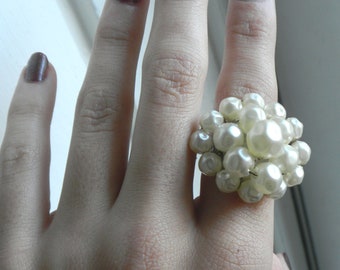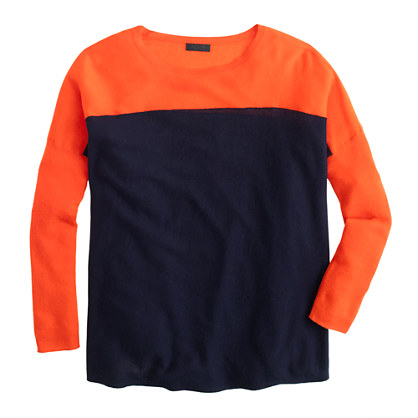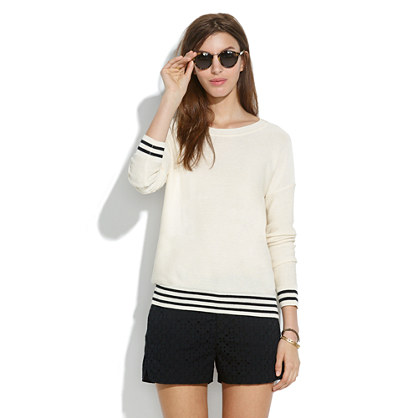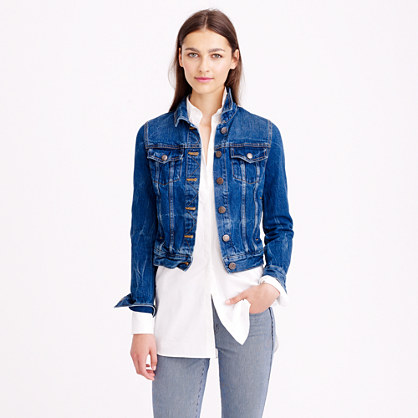On the car-ride to the
Seder, the traditional Passover meal during which Jews are obligated by custom and history to retell the story of exodus to their offspring, my boy-child excitedly informed us that to his horror, Pharaoh had lice! Of all the ten plagues that God inflicted on Ancient Egypt for not letting my people go, my very own offspring was most impressed with lice.
Lice, you see, was the thing he could imagine best. It had no mythic removal to it, no improbable cause. It was, simply, real, because about once every month we would get a note from his school's nurse notifying us that some unfortunate child in the grade was afflicted with this pestilence.
The misfortune of the child is miniscule in comparison to the horror of the parent treating said sad affliction. Some opted for nuking their kids heads on a routine basis. Others deployed nit pickers. Still others went for every known remedy, from olive oil to mayo.
Me? I start scratching my head as soon as 'li' escapes someone's lips, second syllabel no longer necessary for comprehension.
Lice, indeed, is the worst of the plagues.
For John Turturro however, lice offered a premise of romantic entanglement!
A new movie, "Fading Gigolo" directed by him, features Vanessa Paradis as his Hassidic nit picker love object. I can't imagine a premise more hallucinatory, or more perfect. Ladies, methinks a movie date is in order. All of ye recently stricken surely must be in!
Here's David Edlestein's review in
NYMag:
When John Turturro writes and directs, the wiry actor becomes a florid romantic, a cheerleader for abbondanza and passione. (The latter is the title of his wonderful documentary about the music of Naples.) His new film, Fading Gigolo, is a hymn to the healing sensuous touch. He has cast himself as a diffident, gentle Manhattan florist named Fioravante who’s tapped by his friend Murray (Woody Allen), the owner of a failed used bookstore, to work as a high-priced prostitute. You read that correctly: Woody Allen is John Turturro’s pimp. And it turns out that Fioravante — not, by his own admission, conventionally handsome and certainly not young — is catnip for the ladies, some (Sharon Stone, Sofía Vergara) wowzas in their own right. He treats them like the fragile flowers they are — and they bloom. But Fioravante’s professional gunslinger detachment is tested when Murray hooks him up with an ultra-Orthodox widow, Avigal (Vanessa Paradis), one of those Jewish “lice ladies” who pick nits out of kids’ (and their parents’) hair. As Avigal begins to smile a lot, a lovelorn Orthodox law-enforcement type (Liev Schreiber) from her close-knit Brooklyn neighborhood monitors her comings and goings from Fioravante’s apartment — and the florist begins to think about putting down roots of his own.
What hallucinogen was Turturro on when he came up with this plot? It’s so crazy that it’s … fun. You have to set aside the endless improbabilities and impossibilities and acceptFading Gigolo as a fairy tale devised by a man who’s philosophically committed to the idea that life is a romantic commedia and that the only sin is not acting on one’s feelings. It’s okay to cringe from time to time — you have to cringe at lines like “You bring magic to the lonely.” The scenes with the glittery-eyed Stone and Vergara (who want Fioravante for a threesome) don’t quite rise above their one-joke premise (the women are projections), but Paradis takes things to a different level. She quivers under Fioravante’s touch, like an oyster. The tears that spring into her big eyes on that tiny face evoke a world of solitude and self-effacement that must quickly be counteracted.
What puts Fading Gigolo over the top is the presence of Allen, who’s just the sort of earthy, fast-talking foil the moony Turturro needs. It’s true that Allen is 90 percent shtick: the falsetto stammer, the compulsive gesticulations, the Groucho-vaulting eyebrows. But in this context he’s like a figure out of commedia dell’arte, and you can properly savor how musical — how jazzy — those tics and stammers are. When Orthodox enforcers kidnap Murray and make him sit before a high rabbinic tribunal, Turturro brings in Bob Balaban as Murray’s lawyer, and Allen and Balaban have the sort of instant rapport that suggests a great Jewish comedy team. Murray lives with an African-American woman (Tonya Pinkins) and a passel of young kids who call him their uncle, and watching Allen play baseball with black kids in Prospect Park fulfills a different kind of fantasy: Turturro has sprung Allen from his insular world and returned him to his outer-borough roots.
Fading Gigolo is such an uninhibited, healthy sort of sex movie that it’s a shame I have to acknowledge the elephant in the room. This is Allen’s first appearance since the latest wrinkle in a decades-old scandal, and while I have no desire to add my ignorance to the sum of all ignorance, by notacknowledging the (credible) accusations of sexual abuse — by saying, “It’s no one’s business but this family’s” — we effectively shun the accuser, Dylan Farrow, whose explicit point is “This is everybody’s business.” On the other hand, we can’t convict a man without evidence. So we are in limbo, and there is no good way to wrap up this review.
*This article appears in the April 21, 2014 issue of New York Magazine.







